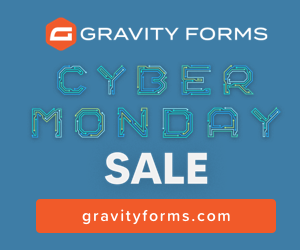Accounting software. Ew!
Bfast is an acronym for ‘Bookkeeping for Australian Sole Traders’. It’s commonly known as online accounting software, but make no mistake �” it has very little in common with the likes of MYOB, QuickBooks, Xero, Freshbooks etc.
Most freelancers who dare to open a regular accounting application are overwhelmed fairly quickly. Those packages are not designed for regular people, or even semi-experienced small business owners. They are designed (often poorly, especially in Australia) for accountants and bookkeepers who understand terms like “principle depreciation” and “account reconciliation”.
Although most freelancers could theoretically manage their businesses using regular accounting software, the cost of fully-fledged systems, not to mention the time involved in their prohibitively steep learning curves, makes spreadsheets and word processors a much more appealing option.
One of the major drawbacks of full-featured accounting programs is their dependence on bank accounts. Everything has to be sourced from, or assigned to, a bank account. Most freelancers use one bank account for their personal and business expenses, and may even have day jobs that provide income not relevant to their ABN-related income. An accounting system dependent upon and/or linked to a bank account therefore serves no purpose for a sole trader, because any automated data entry would be made inaccurate by all the non-business expenses and/or income in the same account. And that doesn’t even factor in any cash expenses.
Bfast’s feature set is so limited that one could argue it isn’t really accounting software. The only relevant accounts are the accounts you give your clients when they owe you money, and hardly any freelancer thinks in those terms.
Bfast is better described as easy bookkeeping software. It’s a mechanism by which you can keep your paperwork organised, and see compound figures (such as quarterly and yearly income totals) that save you having to spend hours in a dimly lit basement with a calculator.
Bfast is built to perform one simple function: track your business-related cash flow for the purpose of keeping in line with the Australian Federal Government’s requirements for business taxation. This means issuing invoices that may or may not include GST, reporting income (both GST and principle amounts) to the ATO, and claiming any tax deductions (again, both GST and principle amounts).
At its heart, Bfast is really a replacement for the dreaded spreadsheet/word-processor combination. You can use Bfast to draft and send invoices, and add them up for quarterly/yearly reporting.
Creating a seamless invoicing workflow using Word and Excel is theoretically possible, but so technically demanding, both to set up and to operate, that it’s effectively out of reach for anyone without a degree in computer science.
In addition to adding up all your invoice and expense totals, factoring in business use, GST inclusion/exclusion, payment dates and other data, Bfast offers the advantage of secure storage and cloud-based access through web browsers, anywhere in the nation (or world, for that matter).

